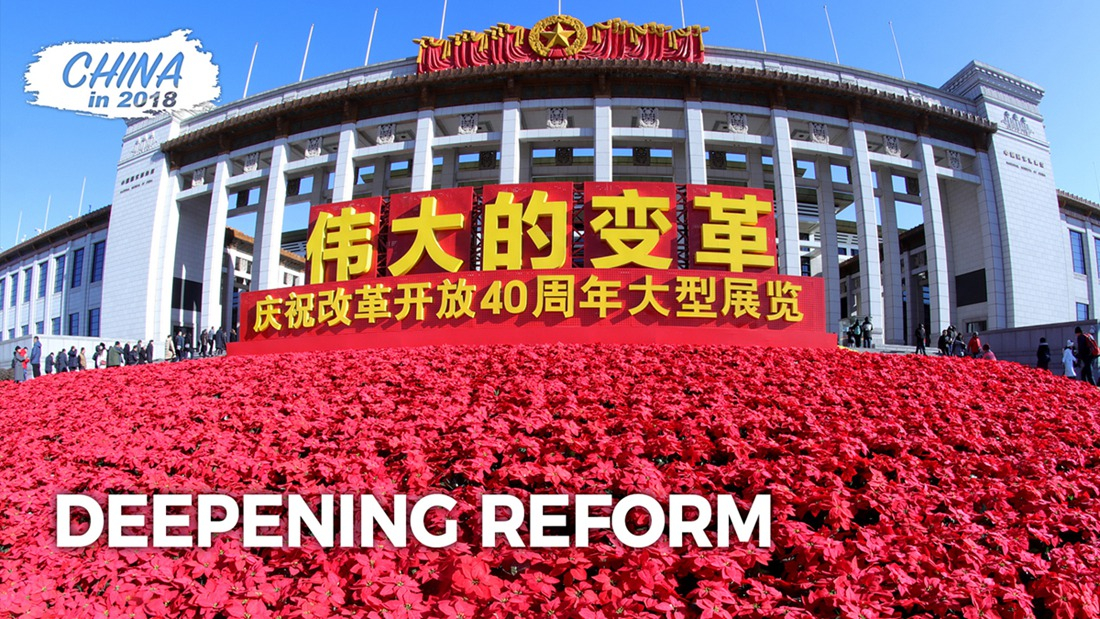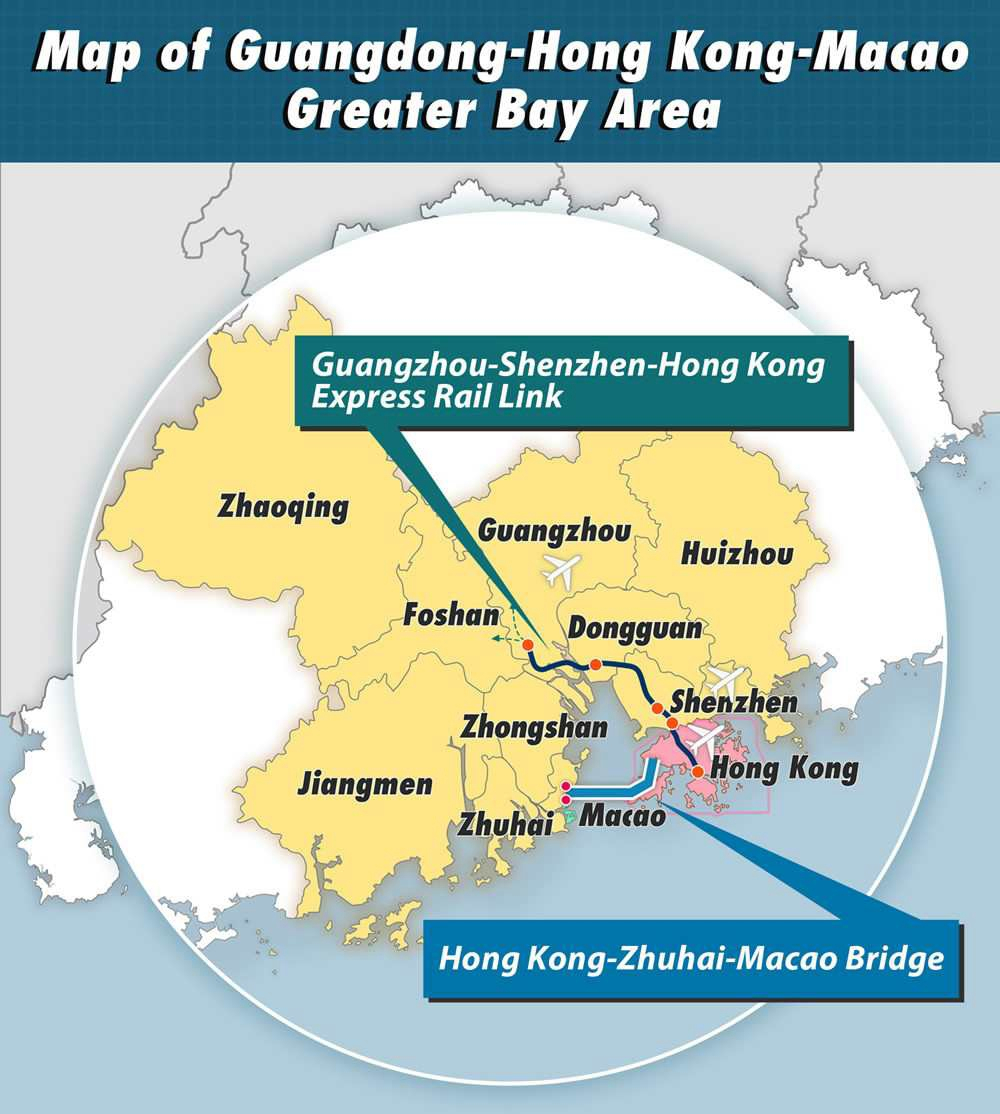"The international and domestic environment has undergone extensive and profound changes in the new era, presenting the reform and opening-up with new circumstances, tasks and challenges. To seize opportunities and counter challenges, the key is upholding the banner of reform and opening-up in the new era, and continuously deepening reform and expanding opening-up in a comprehensive way." – Xi Jinping
This year marks the 40th anniversary of China's reform and opening-up, a landmark program that has transformed the once poor nation into the world's second largest economy. It has also been a year that has witnessed the initiation of a new round of reform and opening-up in the new era.
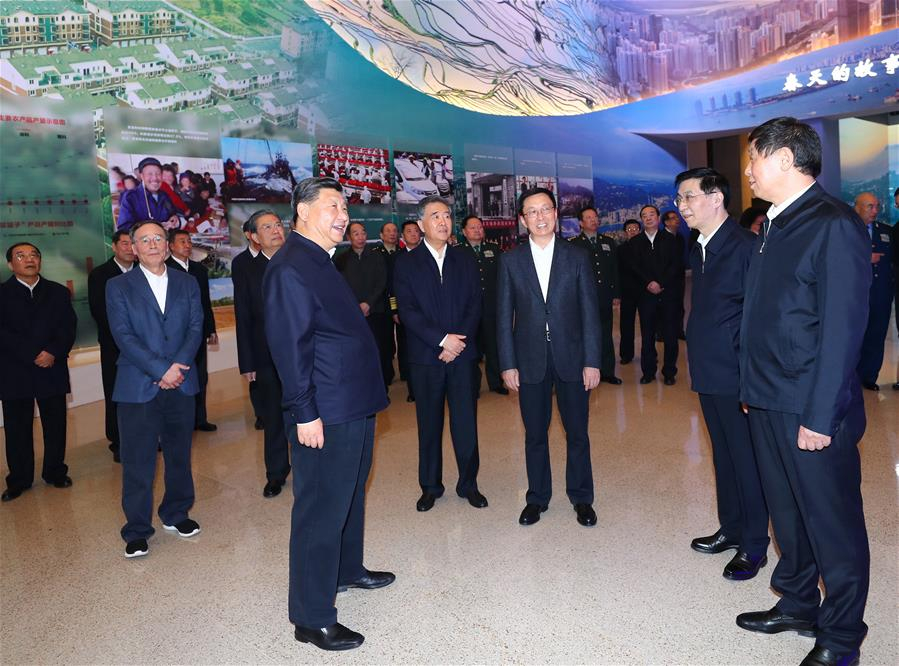
Chinese President Xi Jinping (L, front) visits an exhibition to commemorate the 40th anniversary of China's reform and opening-up at the National Museum of China in Beijing, November 13, 2018. /Xinhua Photo
Chinese President Xi Jinping (L, front) visits an exhibition to commemorate the 40th anniversary of China's reform and opening-up at the National Museum of China in Beijing, November 13, 2018. /Xinhua Photo
An extensive shake-up of Party and state institutions kicked off in March, followed by the release of the master plan for Xiongan New Area in April.
With both the Guangzhou-Shenzhen-Hong Kong Express Rail Link and the Hong Kong-Zhuhai-Macao Bridge put into operation in September and October respectively, the Hong Kong and Macao special administrative regions (SARs) are being further integrated into the development of the nation.
Meanwhile, Chinese President Xi Jinping reiterated the country's commitment to reform and opening-up and announced a number of measures to open its door wider to the world.
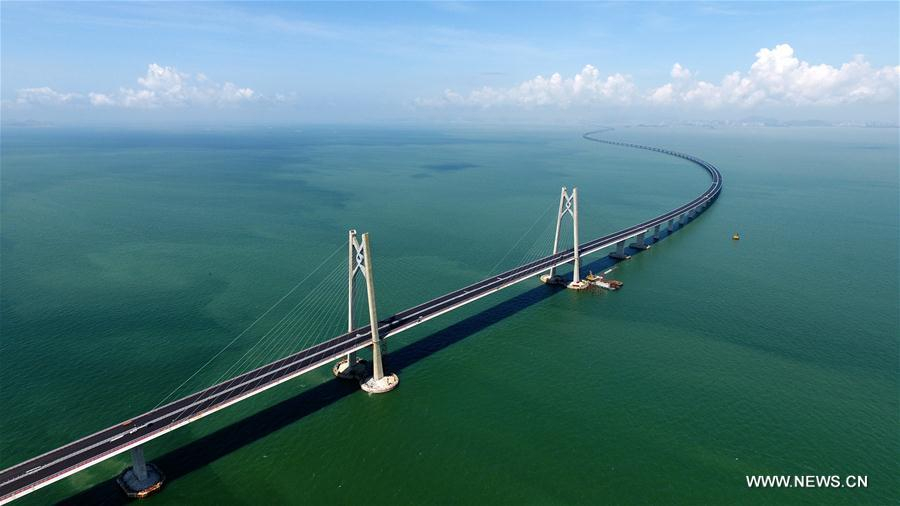
Photo taken on June 6, 2017 shows the 55-km-long Hong Kong-Zhuhai-Macao Bridge under construction. /Xinhua Photo
Photo taken on June 6, 2017 shows the 55-km-long Hong Kong-Zhuhai-Macao Bridge under construction. /Xinhua Photo
Xi and other senior leaders are behind China's reform drive in the new era. In 2018, they held six high-profile meetings to press ahead with reforms in a wide range of fields.
On January 23, the second meeting of the Leading Group for Deepening Overall Reform of the 19th Communist Party of China (CPC) Central Committee took place.
After the leading group was transformed to the
Central Committee for Deepening Overall Reform as part of the institutional reform, the top decision-making body for the country's reform convened five times this year.
A total of 84 documents were reviewed at the six meetings, covering policies in areas such as pensions, healthcare, education, the Belt and Road Initiative, intellectual property rights, free trade zones, finance, state-owned enterprises, institutional reform and innovation.
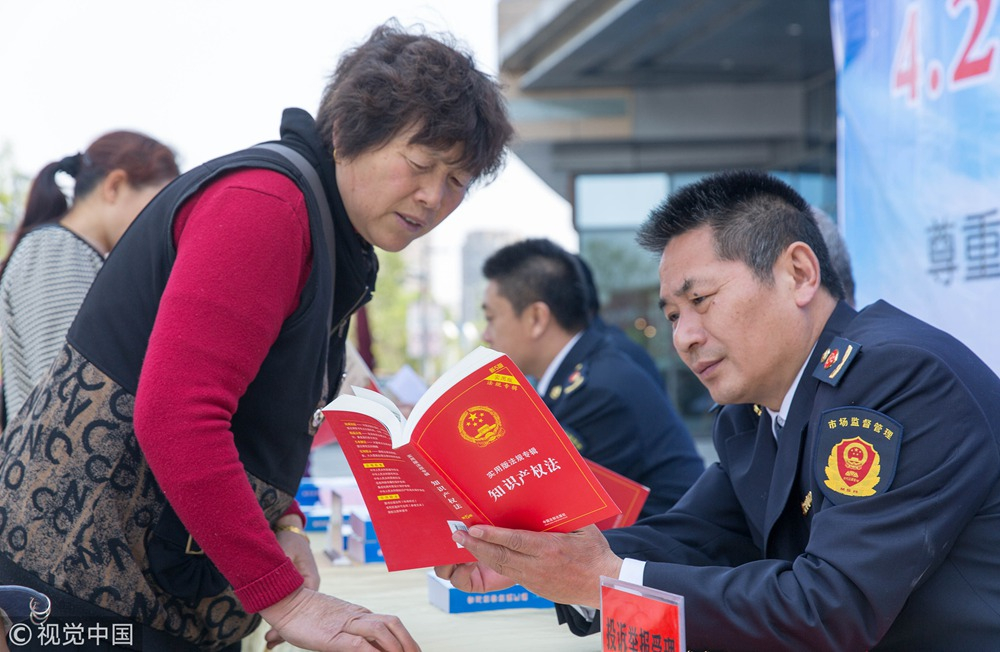
Law enforcement officers raise public awareness of intellectual property laws in Rugao, east China's Jiangsu Province, April 25, 2018, one day ahead of the World Intellectual Property Day. /VCG Photo
Law enforcement officers raise public awareness of intellectual property laws in Rugao, east China's Jiangsu Province, April 25, 2018, one day ahead of the World Intellectual Property Day. /VCG Photo
Institutional reform
"The launch of deeper reform of the Party and state institutions marks a new stage for deepening reform in all areas," Xi, also general secretary of the CPC Central Committee, chairman of the Central Military Commission, and head of the Central Committee for Deepening Overall Reform, said at the first meeting of the committee on March 28.
Xi made the remarks a week after the CPC Central Committee released a plan on
deepening reform of the Party and state institutions, which involves restructuring of organs under the CPC Central Committee, the National People's Congress (NPC), the State Council, and the Chinese People's Political Consultative Conference (CPPCC) National Committee, as well as reform of the administrative law enforcement system and military-civilian reform.
The formation of a National Supervisory Commission and
restructuring of the State Council were among the most-discussed changes.
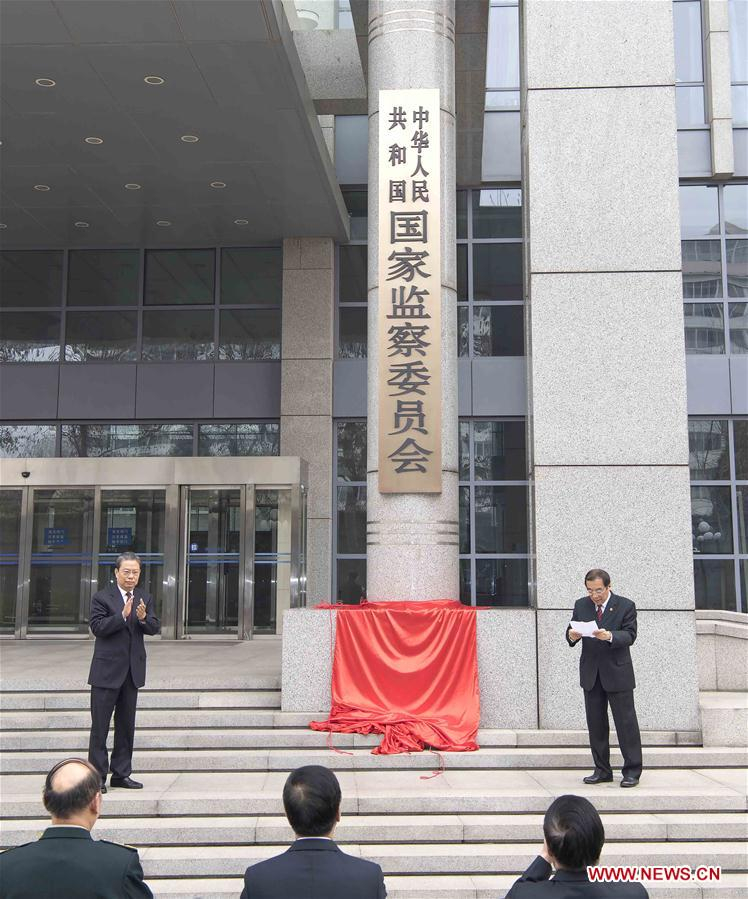
China's National Supervisory Commission is inaugurated in Beijing, March 23, 2018. /Xinhua Photo
China's National Supervisory Commission is inaugurated in Beijing, March 23, 2018. /Xinhua Photo
According to an amendment to China's Constitution passed by the NPC on March 11, the supervisory commission is a new state organ that independently exercises its power of supervision and is not subject to interference by any administrative organ, public organization or individual.
The drastic shake-up of the State Council is aimed at making it better-structured, more efficient, and service-oriented. As part of the reform, new ministerial-level bodies such as the Ministry of Natural Resources, the Ministry of Ecological Environment, the Ministry of Agriculture and Rural Affairs, the Ministry of Culture and Tourism, the National Health Commission, the Ministry of Veterans Affairs and the Ministry of Emergency Management were created.
On the other hand, entities such as the Ministry of Supervision, the Ministry of Land and Resources, the Ministry of Environmental Protection, the Ministry of Agriculture, the Ministry of Culture and the National Health and Family Planning Commission were dismantled.
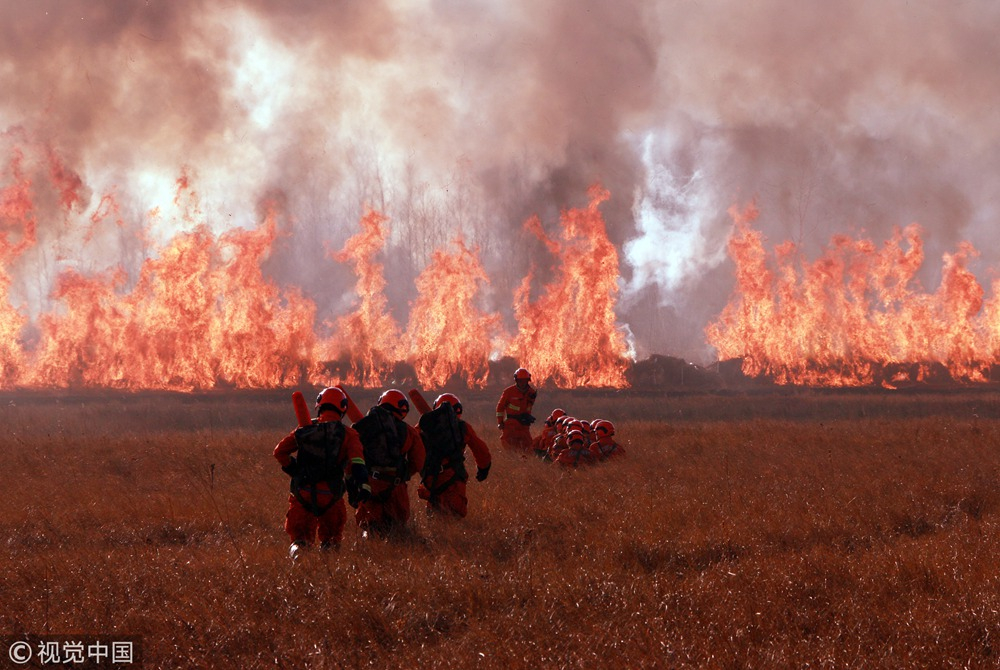
China's newly-formed Ministry of Emergency Management conducts a firefighting exercise in the forest area of the Greater Khingan Mountains in Heilongjiang Province, northeast China, October 18, 2018. /VCG Photo
China's newly-formed Ministry of Emergency Management conducts a firefighting exercise in the forest area of the Greater Khingan Mountains in Heilongjiang Province, northeast China, October 18, 2018. /VCG Photo
Regional integration
The passing year also saw remarkable acceleration in coordinated development in regions across the country, particularly the integration of Beijing and Tianjin municipalities and Hebei Province in the north, and Guangdong Province and Hong Kong and Macao SARs in the south.
On April 21, China published the
master plan for Xiongan New Area, which spans three former counties in Hebei Province about 100 kilometers southwest of Beijing.
"The establishment of Xiongan New Area in Hebei Province is a significant decision and arrangement by the CPC Central Committee with Comrade Xi Jinping at the core to push forward the coordinated development of Beijing, Tianjin, and Hebei," the plan reads.
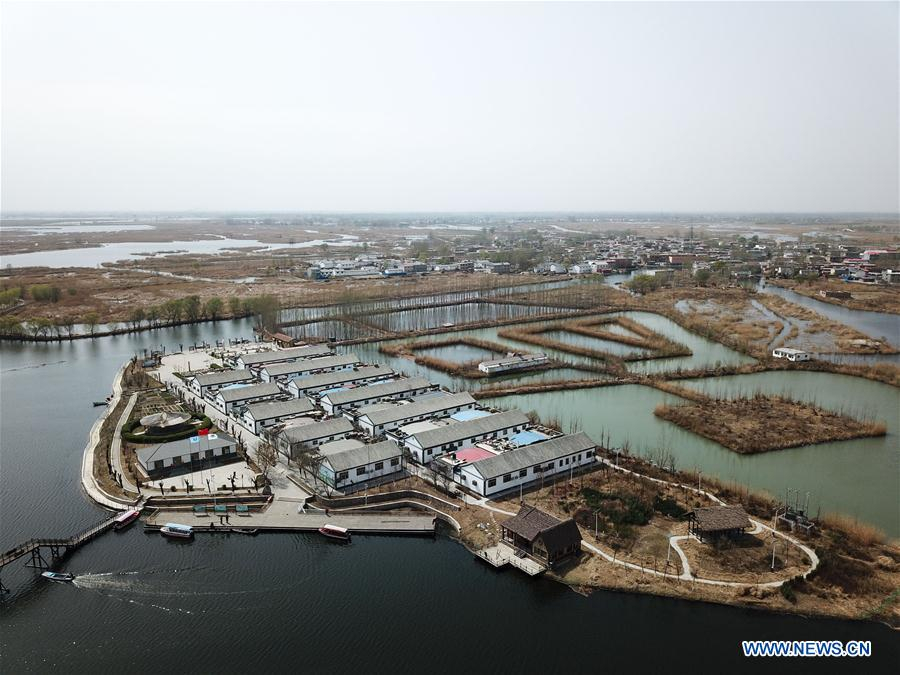
Aerial photo taken on March 29, 2018 shows the Wangyuedao Island in the Baiyangdian Lake in Xiongan New Area, north China's Hebei Province. /Xinhua Photo
Aerial photo taken on March 29, 2018 shows the Wangyuedao Island in the Baiyangdian Lake in Xiongan New Area, north China's Hebei Province. /Xinhua Photo
By 2035, Xiongan will basically develop into a modern city that is green, intelligent, and livable, with relatively strong competitiveness and harmonious human-environment interaction; by the middle of the century, it will become a significant part of the world-class Beijing-Tianjin-Hebei city cluster, effectively performing Beijing's non-capital functions and providing the Chinese solution to "big city malaise," according to the plan.
In autumn, breakthroughs were made in the development of the
Guangdong-Hong Kong-Macao Greater Bay Area, which covers Hong Kong and Macao SARs, as well as nine cities in Guangdong including the first-tier cities of Guangzhou and Shenzhen. Two signature projects of the area – the
Hong Kong section of the Guangzhou-Shenzhen-Hong Kong Express Rail Link and the
Hong Kong-Zhuhai-Macao Bridge – were completed, bringing cities in the region closer.
China, aiming to build the region into a world-class bay area and city cluster, is finalizing a development plan for the Guangdong-Hong Kong-Macao Greater Bay Area. The plan could be unveiled in early 2019, Hong Kong's Chief Executive Carrie Lam Cheng Yuet-ngor said on Saturday.
Further opening-up
This year is not only the 40th anniversary of China's reform and opening-up, but also the fifth anniversary of the Belt and Road Initiative (BRI) and the establishment of the country's first Pilot Free Trade Zone (FTZ) in Shanghai – both represent China's efforts to boost win-win cooperation with the world.
Proposed by Xi in 2013, the BRI comprises the Silk Road Economic Belt and the 21st Century Maritime Silk Road, and aims to build trade and infrastructure networks connecting Asia with Europe and Africa along and beyond the ancient Silk Road routes.
China has already signed cooperation agreements with more than 130 countries and international organizations under the BRI.
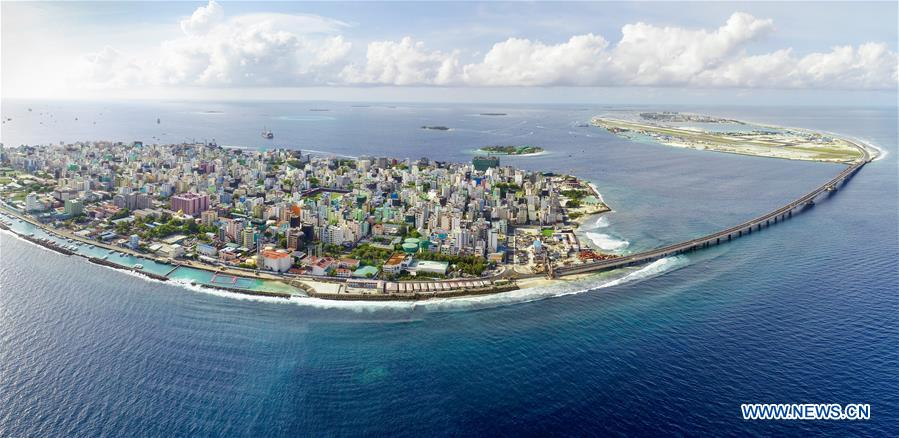
Photo taken on August 22, 2018 shows the aerial view of the China-Maldives Friendship Bridge, in Maldives. The bridge is an iconic project of the Maldives and China in co-building the 21st Century Maritime Silk Road. /Xinhua Photo
Photo taken on August 22, 2018 shows the aerial view of the China-Maldives Friendship Bridge, in Maldives. The bridge is an iconic project of the Maldives and China in co-building the 21st Century Maritime Silk Road. /Xinhua Photo
Following the establishment of the first Pilot FTZ in the country's financial hub Shanghai five years ago, China expanded the practice to Tianjin Municipality and Guangdong and Fujian provinces in 2015, and to Liaoning, Zhejiang, Henan, Hubei, Sichuan and Shaanxi provinces as well as Chongqing Municipality in 2017. This year, China approved the establishment of its 12th Pilot FTZ in the southern island province of Hainan.
In April, Xi announced
new measures to advance reform and opening-up during a keynote speech at the opening ceremony of the Boao Forum for Asia annual conference in Hainan. The measures included expanding market access to foreign capital, increasing imports, lowering tariffs, and strengthening protection of intellectual property rights.
The Chinese president underscored Beijing's commitment to reform and opening-up repeatedly at major international events this year such as the Shanghai Cooperation Organization (SCO) summit, the BRICS summit, the Asia-Pacific Economic Cooperation (APEC) meeting, and the Group of 20 (G20) summit.
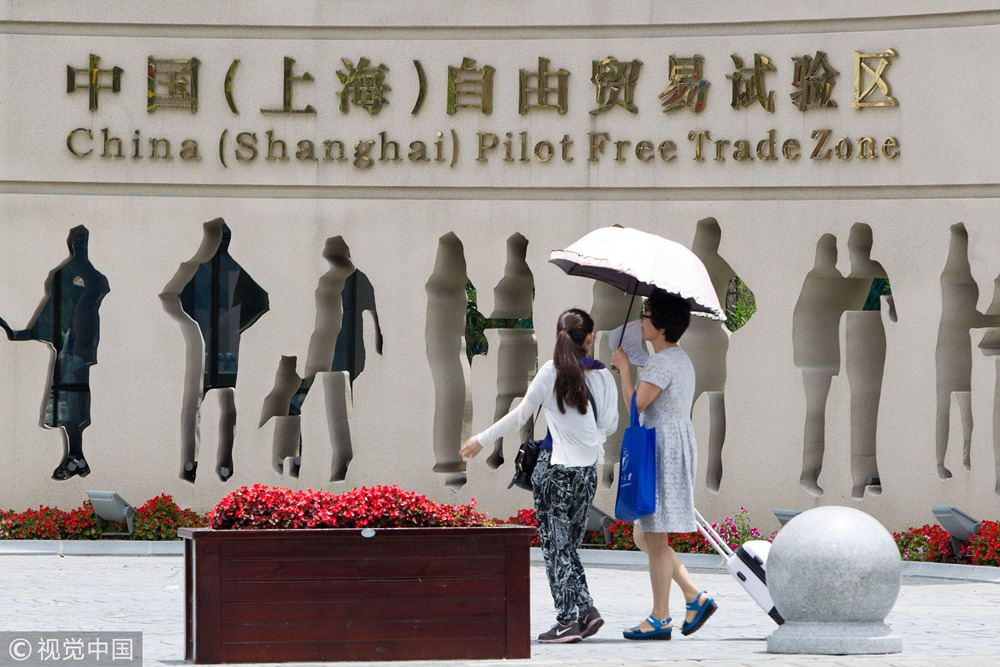
Shanghai's Pilot FTZ turns five years old in 2018. /VCG Photo
Shanghai's Pilot FTZ turns five years old in 2018. /VCG Photo
Last month, he
reinforced the message at the first China International Import Expo (CIIE) in Shanghai: "China's economic growth over the past 40 years has been achieved with a commitment to opening-up. In the same vein, high-quality development of China's economy in the future can only be guaranteed with greater openness. I have made it clear once and again that China's door will never be closed. It will only open still wider."
Addressing the opening ceremony of the CIIE, Xi pledged that the country will step up efforts to stimulate the potential for increased imports, continue to broaden market access, foster a world-class business environment, explore new horizons of opening-up, and promote international cooperation at multilateral and bilateral levels.
(With inputs from Xinhua)

